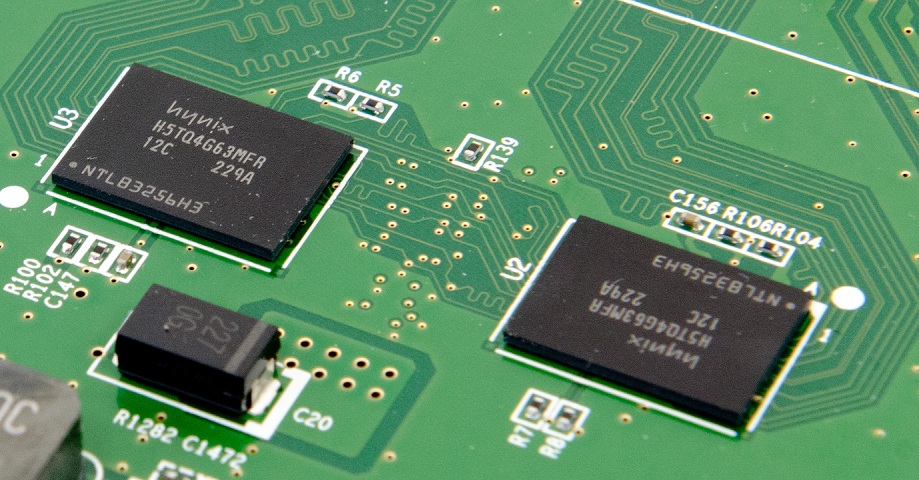Something must conduct the thread scheduling so yes, there must be a kernel running on each core (which could be implemented in hardware ofcourse). I would be amazed if all cores literary run OS tasks.
Couldn't it be that a lot of the vectorizable code such as the physics engine etc is being offloaded onto the GPU to compensate for the weak CPU?
If it's linear code (i.e. code that can be unrolled) yes, it could be. Perhaps the unidentified parts of Latte house something to perform better on code that branches a bit more. It would be wonderful if a shader cluster could run 1 unique thread per datastream instead of multiple datastreams per thread. I'm not sure if my understanding is correct though, but as long as nobody takes effort to correct me...
The next game confirmed to look better than PS360 and PC versions seems to be Deus EX. I cannot get a grasp if it really looks worse on PS360/PC... Anyone feels to comment?


